Review
When Governments use legislation and taxation to change behaviours, there will always be anomalies. Just look at the boom in electric car registrations after company car tax rates for zero emission models were slashed.
The electric car revolution, in the UK, has been driven by fleets and it has changed the company car parc immeasurably. Just a few years ago a 150PS diesel was about the most exciting powertrain on offer, whereas drivers can now choose from all sorts of high-performance models that were previously off-limits.
While this new-found access to faster cars has been a motivating factor for fleet drivers, in the private market there’s very little appetite for fast EVs.
But car makers can’t keep churning out models with large CO2 outputs, because they are constrained by legislation.
Plug-in hybrids, therefore, enable car makers to continue using combustion engines while still hitting their emissions targets.
They also benefit from low benefit-in-kind (BiK) tax rates - for now - and have become a valuable lifeline for drivers that don’t want a fully electric model.
When BMW set out to create the seventh-generation M5 it knew it couldn’t make it fully electric, as die-hard petrolheads wouldn’t buy it. But, equally, the car can’t churn out CO2 at the same rate as a forest fire. That’s why the new M5 is a plug-in hybrid.
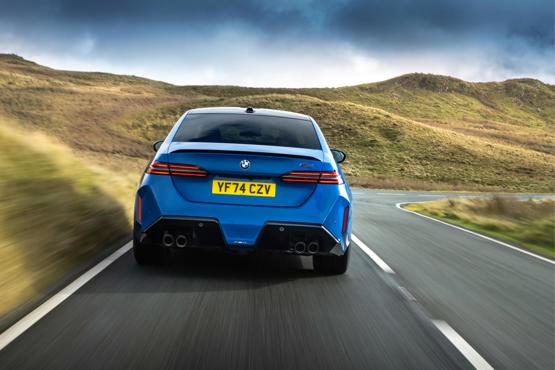
And here’s our anomaly. Right now, in the 2025/26 tax year, the BMW M5 has a 9% BiK rate. That means, if you’re fortunate enough, you can have one for a fairly modest tax bill of £333 per month (40% taxpayer). To put that into perspective: it’s about the same as you’d pay for a Skoda Octavia diesel.
BMW hasn’t held back on the M5’s petrol engine, either. It’s got a 4.4-litre twin-turbo V8. Such is the effectiveness of the car’s hybrid system that official CO2 emissions are just 38g/km.
The battery, meanwhile, has a capacity of 18.6kWh, giving a zero-emission range of 42 miles.
When you combine the petrol engine’s output with that of the electric motor, the M5 has a power output of 727PS and 1,000Nm. As such, it’s an incredibly quick car.
You get the best of both powertrains: the immediate and seamless response of electric paired with the relentless power delivery of a V8. Then there’s the noise. It sounds oh-so-good on song with a brutish deep rumble emanating from the rear.
Yet, in everyday driving it provides the serenity of a hybrid. It starts in electric mode, silently, and will give around 30 miles of real-world driving before needing a charge. If you switch into hybrid mode, the petrol engine will kick in at higher speeds or when accelerating hard, extending the overall range.
Over a week of driving we achieved 27.6mpg, which included a number of longer motorway trips. On more than one occasion the car returned upwards of 35mpg on a journey – not bad considering its capability.
The complexity of the car doesn’t come without compromise, however. When the M5 was first revealed, it came under fire for gaining a significant amount of weight. The new car tips the scales at 2.4 tonnes – almost 600Kg heavier than its predecessor.
The 5 Series is a much larger car than before, with a footprint almost as big as a previous-generation 7 Series. Once you chuck in the all-wheel-drive system, hybrid technology and all the chassis reinforcements required to handle the extra power, it’s no wonder the M5 is a bit porky.
Crucially, it doesn’t feel unnecessarily heavy. It feels big, for sure. On country lanes and in small car parks you’re certainly aware of the M5’s dimensions but it shrugs the weight off when you bury the throttle. Zero to 62mph takes just 3.5 seconds and the mid-range is relentless; there’s no let-off in the power delivery, which means you have to keep a very keen eye on the speedometer.
You get the same plush interior as the regular 5 Series, albeit with some more supportive M seats. At cruising speed it feels just as stable and comfortable as any other 5, making it an excellent car for long-distance driving.
The suspension is firmer, obviously, and you can stiffen things up further via the various drive modes. With everything turned up to max the M5 defies physics. It handles its power effortlessly, taking whatever road surface you point it at and catapulting you down it as effectively as possible. The executive saloon becomes a supercar at the flick of switch.
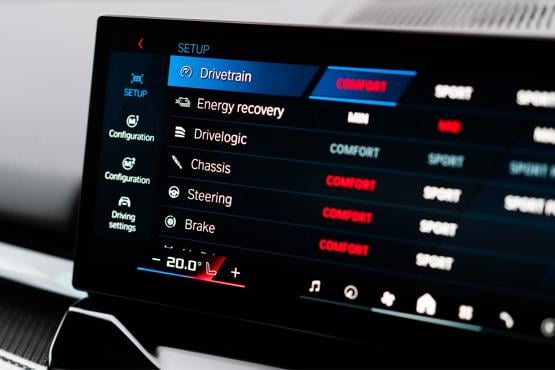
While the driving element is great fun, setting the car up is less so. You can define the default parameters through the iDrive screen, choosing your preferred powertrain, suspension, steering and brake settings for day-to-day driving. Then there are two paddles on the steering wheel, M1 and M2. You can configure these differently, allowing for immediate changes in the car’s characteristics. On top of those, you also have M Modes – Road, Sport and Track – which vary the levels of safety and driver assistance.
That’s not all. You also have modes for the hybrid system, for electric-only or hybrid running as well as a battery hold function. Thankfully, each group of parameters has a physical button that brings up the settings on screen.
Pricing starts at £111,350, for the M5 saloon. You can also have it in Touring form, for added practicality. For similar money you can have a Porsche Taycan GTS or a Lotus Emeya S, both with lower BiK.
The M5 certainly isn’t the most sensible company car choice. Only a small portion of drivers will even be able to choose one, after all. And you can get 80% of the capability and enjoyment from the much cheaper 550e. But, that extra 20% is what makes it so special. It is a proper M car, and for the first – and albeit limited – time, fleet customers can obtain one while taking advantage of the tax savings.
We all know the future is electric, but if this is going to be your final combustion-engine car then the there’s no better last hurrah than an M5.
Matt has been an automotive journalist for nine years and has driven just about every new car and van that's on sale. As content editor - vehicles he is responsible for the automotive content on Fleet News and also contributes to Automotive Management. Prior to this, Matt worked in the automotive industry for 10 years.


Specs
| Manufacturer | BMW |
| Model | M5 Saloon |
| Specification | BMW M5 Saloon M5 4dr DCT |
| Model Year | 2025.00 |
| Annual VED (Road tax) | £110 |
| BIK List Price | £111,350 |
| Range | 42.30mile(s) |
| CO2 | 38g/km |
| BIK Percentage | 9% |
| Insurance Group | N/A |
| CC | 4,395 |
| Fuel Type | Petrol Parallel PHEV |
| Vehicle Type | Large car |
| Luggage capacity (Seats up) | 466litres |
| Doors | 4 |
Running Costs
| P11D | £111,350 |
| Cost per mile | 128.24ppm |
| Residual value | £41,700 |
| Insurance group | N/A |
| Fuel Type | Petrol Parallel PHEV |
| Cost per mile | 467.84ppm |
| Fuel | 3.80ppm |
| Depreciation | 458.05ppm |
| Service maintenance and repair | 5.99ppm |
Rivals
Info at a glance
-
P11D Price
£111,350
-
MPG
166.2 (WLTP) -
CO2 Emissions
38g/km -
BIK %
9% -
Running cost
3 Year 60k : £41,700 4 Year 80k : £33,325 -
Fuel Type
Petrol Parallel PHEV -
Range
42.30mile(s)

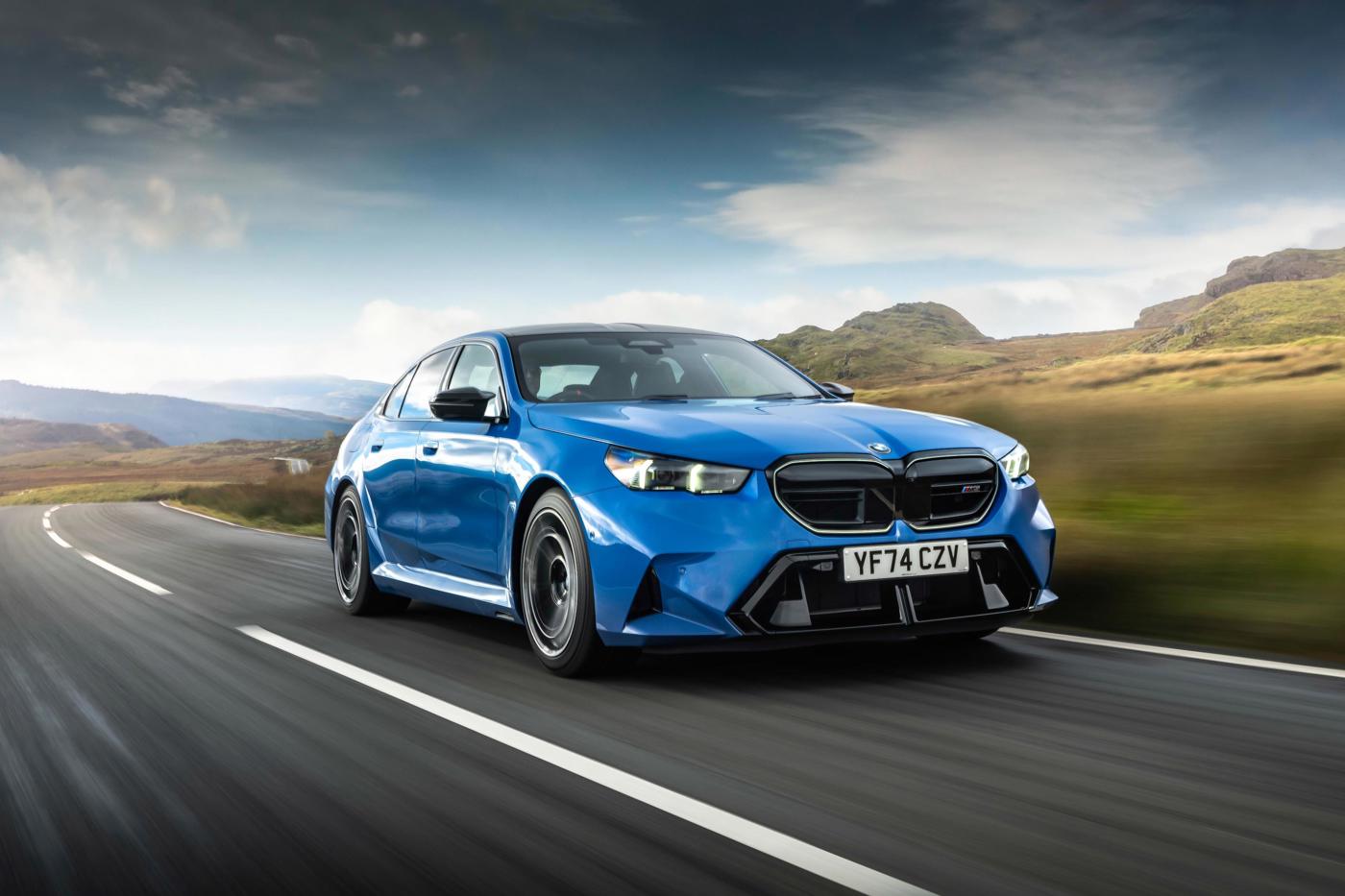






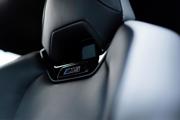

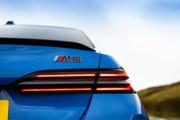
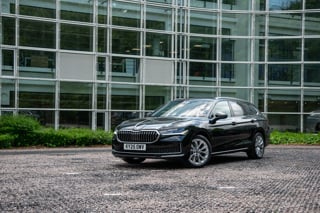
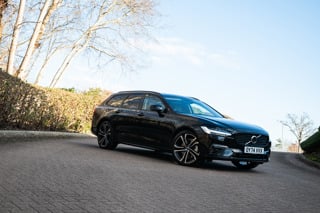
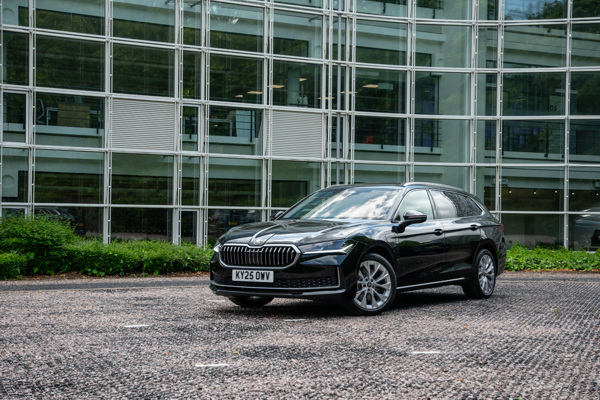
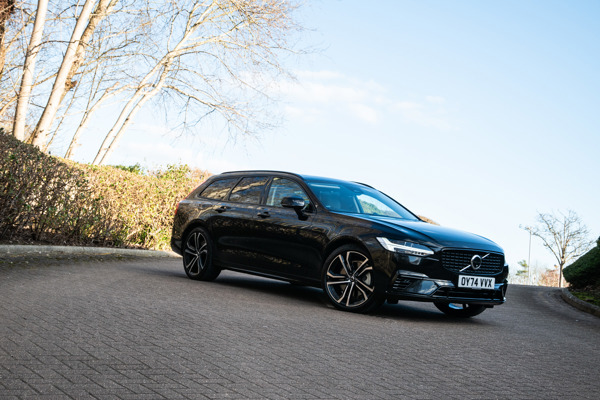
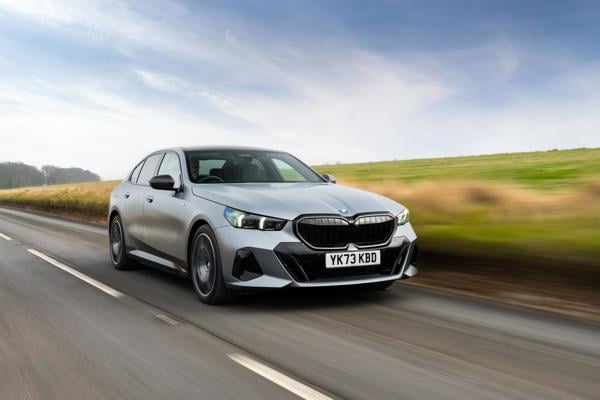


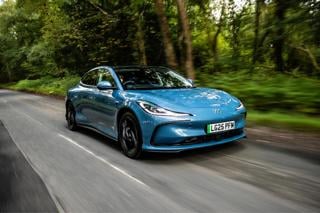
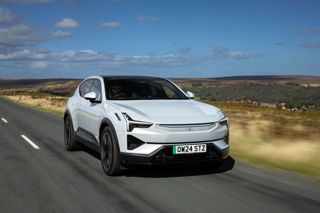











Login to comment
Comments
No comments have been made yet.